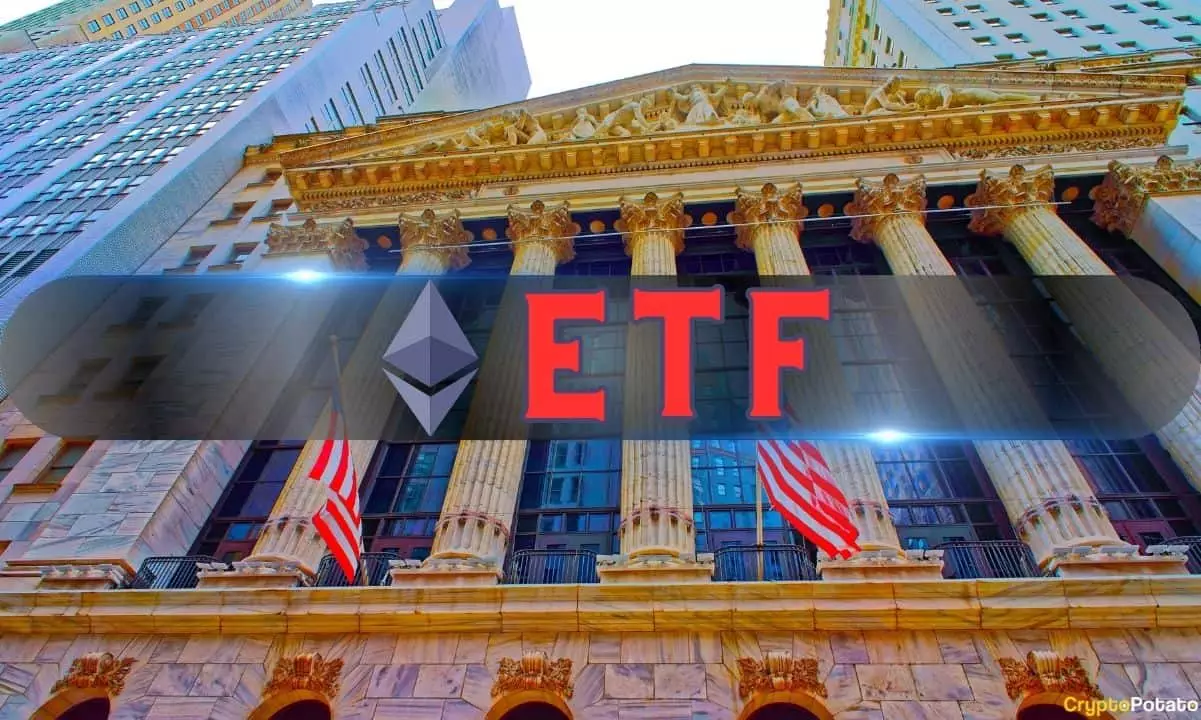Traders’ positions in the market signal a certain level of excitement surrounding the potential arrival of spot Ethereum ETFs in the United States. While the past week may have been relatively uneventful, projections from K33 research indicate that these investment vehicles could attract an estimated $4 billion within the first five months post-launch.
The upcoming introduction of Ethereum-based exchange-traded funds, which will enable direct investment in Ether, is expected to garner significant interest from investors. Comparisons between existing Ethereum-based exchange-traded products globally and similar Bitcoin products, as well as an analysis of open interest in futures contracts on the Chicago Mercantile Exchange (CME), have been used to support these projections.
Implications for ETH Performance
The current open interest in ETH futures on the CME is 23% of the size of BTC futures. However, since their inception in 2021, the average share of ETH futures has been approximately 35% of BTC futures, indicating a growing institutional demand for ETH exposure in the US market. The approval of spot Bitcoin ETFs led to a significant price rally for Bitcoin, and a similar outcome could be expected for Ethereum.
K33 suggests that the introduction of Ethereum ETFs could potentially see ETH outperforming BTC, after a period of lagging behind. Bloomberg ETF analyst Eric Balchunas has forecasted that spot Ethereum ETFs may attract between 10% and 20% of the inflows witnessed by Bitcoin ETFs, which would still be considered a notable success.
Regulatory Considerations
In response to regulatory concerns, spot Ethereum ETF applicants have made strategic adjustments to their filings to exclude provisions for staking of the fund’s assets. This decision was likely made to address the SEC’s reservations about staking, which the regulator views as potentially constituting unregistered securities. The SEC has previously taken action against cryptocurrency platforms offering staking services to US customers.
It is worth noting that in Canadian Ethereum ETFs, only 1% of assets under management use staking, while in European products, this figure is at 2%. These statistics showcase a shift towards more traditional investment strategies in the ETF marketplace.
The expected launch of spot Ethereum ETFs in the US has generated considerable anticipation among traders and investors. With projections of significant inflows and potential outperformance of BTC, the market is eagerly awaiting the introduction of these investment vehicles. Regulatory compliance and adjustments are crucial factors to consider, as the ETF landscape continues to evolve.

